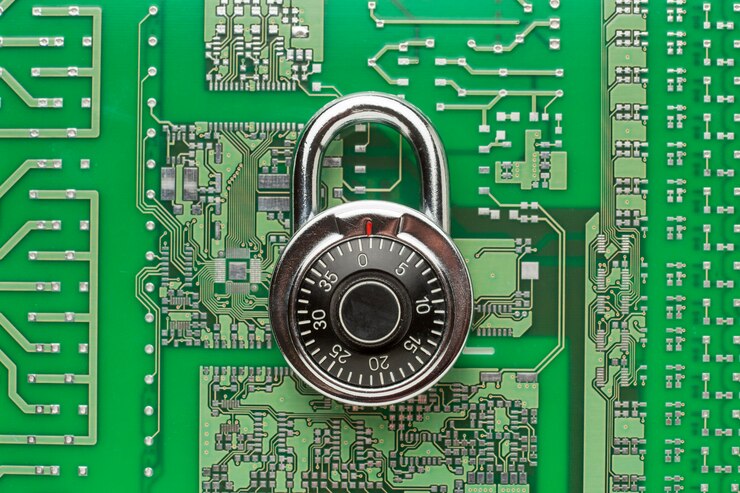Encountering a prompt for the BitLocker recovery key on your computer can be disconcerting, especially if you’re unfamiliar with BitLocker or its purpose. BitLocker is a built-in encryption feature in Windows operating systems designed to protect data stored on your computer’s hard drive. While BitLocker enhances security, there are several reasons why your computer may ask for the BitLocker recovery key Visit aka.ms/myrecoverykey.
Understanding BitLocker Encryption
Before delving into the reasons for the BitLocker recovery key prompt, it’s essential to understand BitLocker encryption. BitLocker encrypts the entire Windows operating system volume and any data stored on it, thereby safeguarding it from unauthorized access. This encryption ensures that even if someone gains physical access to your computer or removes the hard drive, they won’t be able to view the data without the decryption key.
Common Scenarios for BitLocker Recovery Key Prompt
Several situations may lead to your computer asking for the BitLocker recovery key:
- Hardware Changes: Significant hardware changes to your computer, such as replacing the motherboard or hard drive, can trigger BitLocker to prompt for the recovery key. BitLocker associates the encryption key with specific hardware components, so when these components change, it may perceive it as a potential security threat and prompt for the recovery key to ensure legitimate access.
- BIOS/UEFI Changes: Alterations to the BIOS (Basic Input/Output System) or UEFI (Unified Extensible Firmware Interface) settings can also prompt BitLocker to request the recovery key. Changes to these firmware settings may interfere with the system’s ability to recognize the encryption key, leading to the recovery key prompt during boot-up.
- Operating System Updates: In some cases, major updates or changes to the Windows operating system can trigger BitLocker to prompt for the recovery key. This typically occurs when updates affect system files or configurations that BitLocker relies on for decryption.
- Disk Errors or Corruption: Disk errors or corruption can interfere with BitLocker’s ability to access the encrypted drive, resulting in the recovery key prompt. Errors such as bad sectors on the hard drive or file system corruption can cause BitLocker to initiate recovery mode to ensure data integrity.
Read More – How to Sign Up for Telemundo Via Telemundo.com/link.
Addressing the BitLocker Recovery Key Prompt
If your computer is asking for the BitLocker recovery key, here are steps you can take to address the prompt:
- Locate the Recovery Key: If you have a BitLocker recovery key, you can use it to unlock the encrypted drive and access your data. The recovery key may be stored in various locations, such as a printed copy, a USB flash drive, or your Microsoft account if you linked it to your device.
- Check for Hardware Changes: If the prompt occurs after hardware changes, ensure that the new components are properly installed and compatible with your system. If necessary, revert to the original hardware configuration or update BitLocker settings to recognize the new components.
- Review BIOS/UEFI Settings: Verify that the BIOS or UEFI settings are correctly configured and haven’t been altered inadvertently. Adjust settings as needed to ensure compatibility with BitLocker encryption.
- Run Disk Checks: Use built-in Windows utilities, such as Check Disk (chkdsk), to scan for and repair any disk errors or corruption that may be affecting BitLocker’s operation.
- Contact Support: If you’re unable to resolve the issue on your own, consider reaching out to Microsoft Support or your system manufacturer for assistance. They can provide guidance and troubleshoot the BitLocker recovery key prompt further.
You May Also Like – Activate NBC Roku using nbc.com/roku.
Conclusion
Encountering a prompt for the BitLocker recovery key on your computer can be alarming, but understanding the reasons behind it can help alleviate concerns. Whether due to hardware changes, firmware settings, operating system updates, or disk errors, addressing the underlying cause is essential to regain access to your encrypted data. By following the steps outlined in this article and seeking assistance when needed, you can effectively manage and troubleshoot BitLocker recovery key prompts, ensuring the security and integrity of your data.
Must Read :
- Which Electrical Field Is Best?
- How To Pack Clothing Properly For Shipping?
- Understanding The Role of Crowd Noise in Sports

